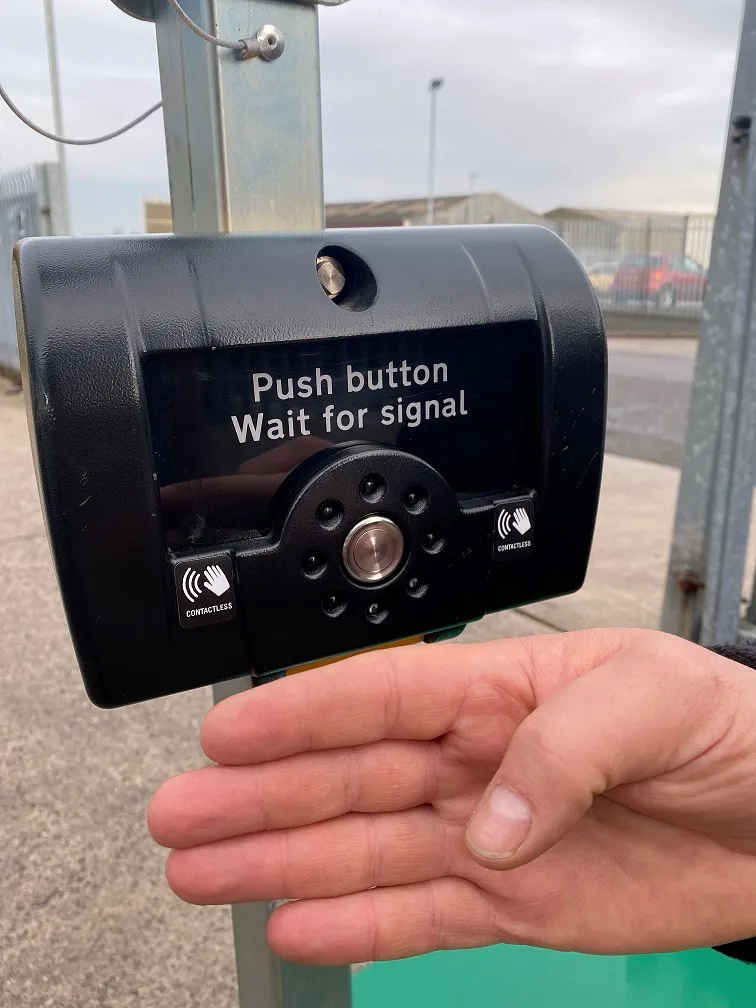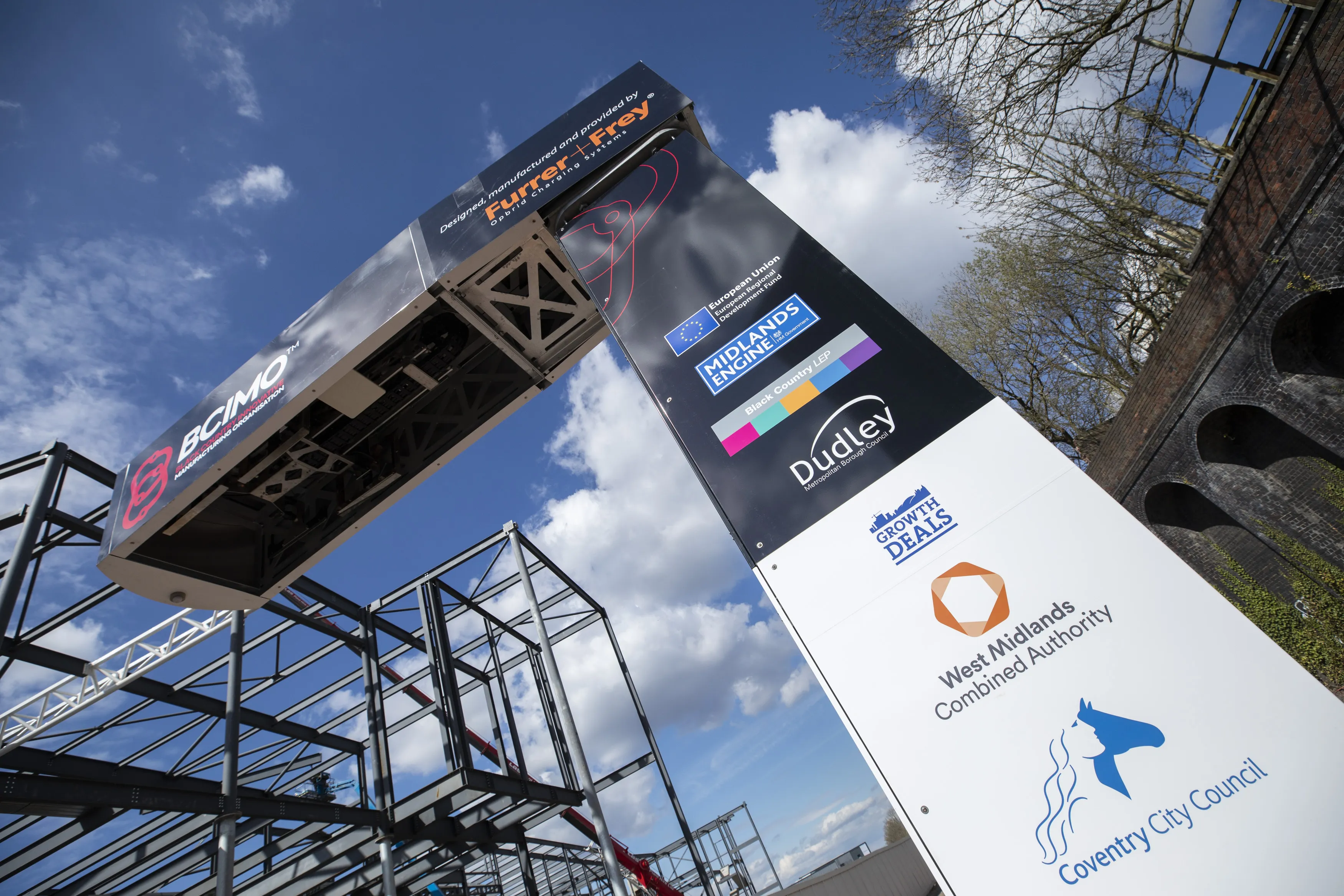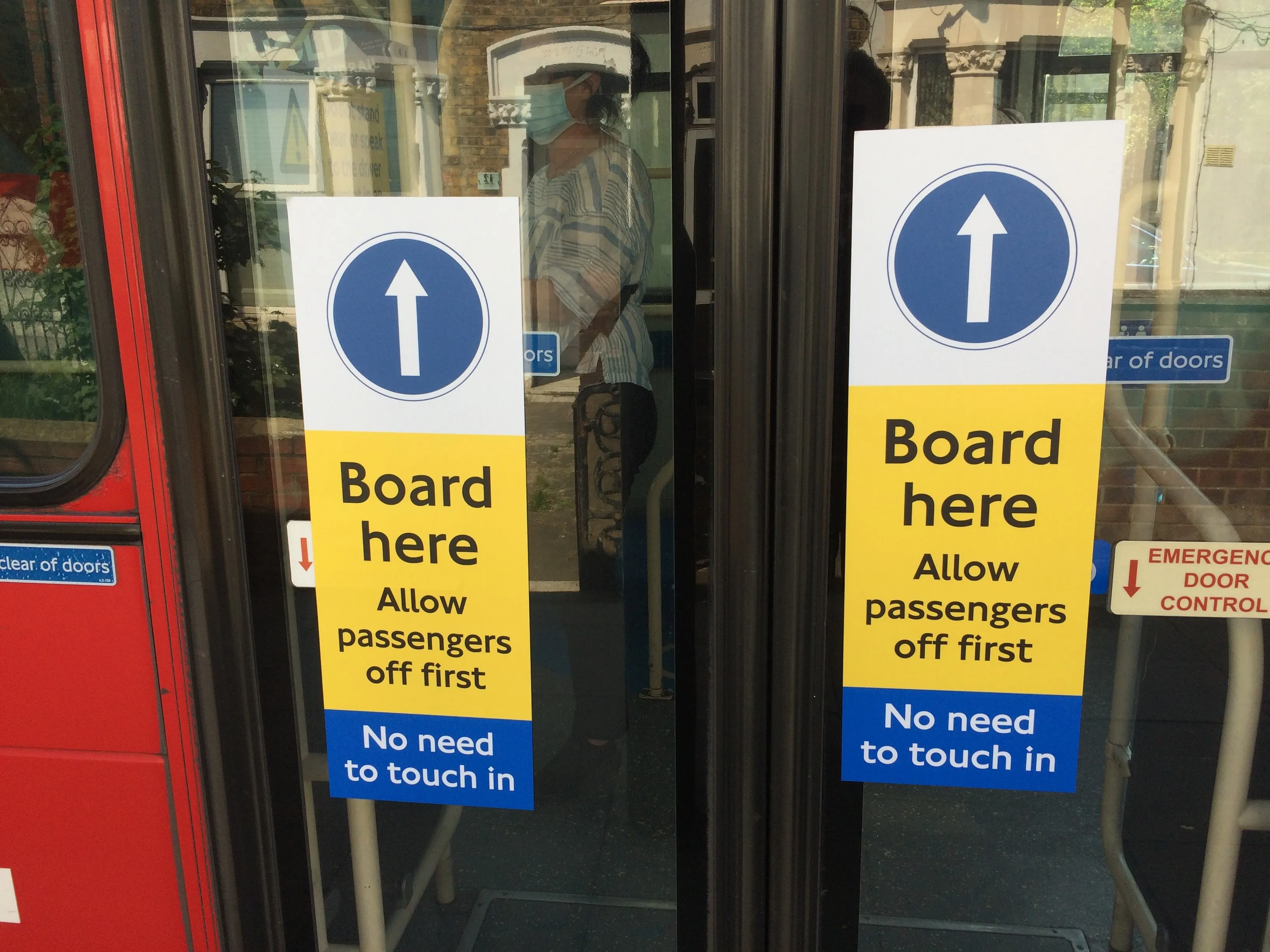
SRL has launched a contactless mobile pedestrian system which it says allows people to reduce their contact with surfaces that can carry the coronavirus.
The UK-based manufacturer's Wave and Wait sensor can be incorporated into its Pedestrian Portable and Pedestrian Temporary signals, along with those within the Urban64 intelligent traffic light solution coordinating multi-directional flows of traffic and pedestrians.
Pedestrians are alerted to the contactless option by a sign on the stainless steel touch button.
The signals simultaneously retain their push-button functionality for the benefit of pedestrians who are visually impaired, the company adds.
SRL CEO Richard Tredwin says: “The product has already generated considerable interest, and I am confident that, once we’ve left Covid behind, the market for contactless pedestrian systems will continue due to the heightened global awareness of the importance of hygiene.”
Wave and Wait is the latest product SRL has offered to help combat Covid-19. Around 70 of the company’s variable message signs are currently deployed across the UK by councils to promote safety and to direct people to Covid-19 testing sites.










